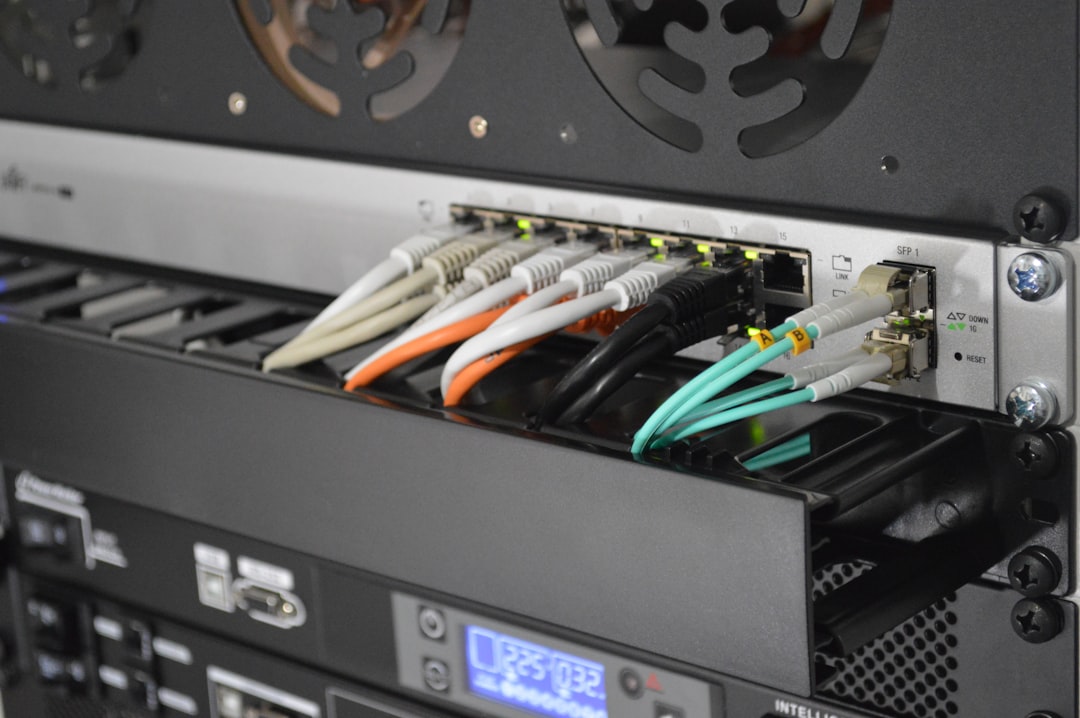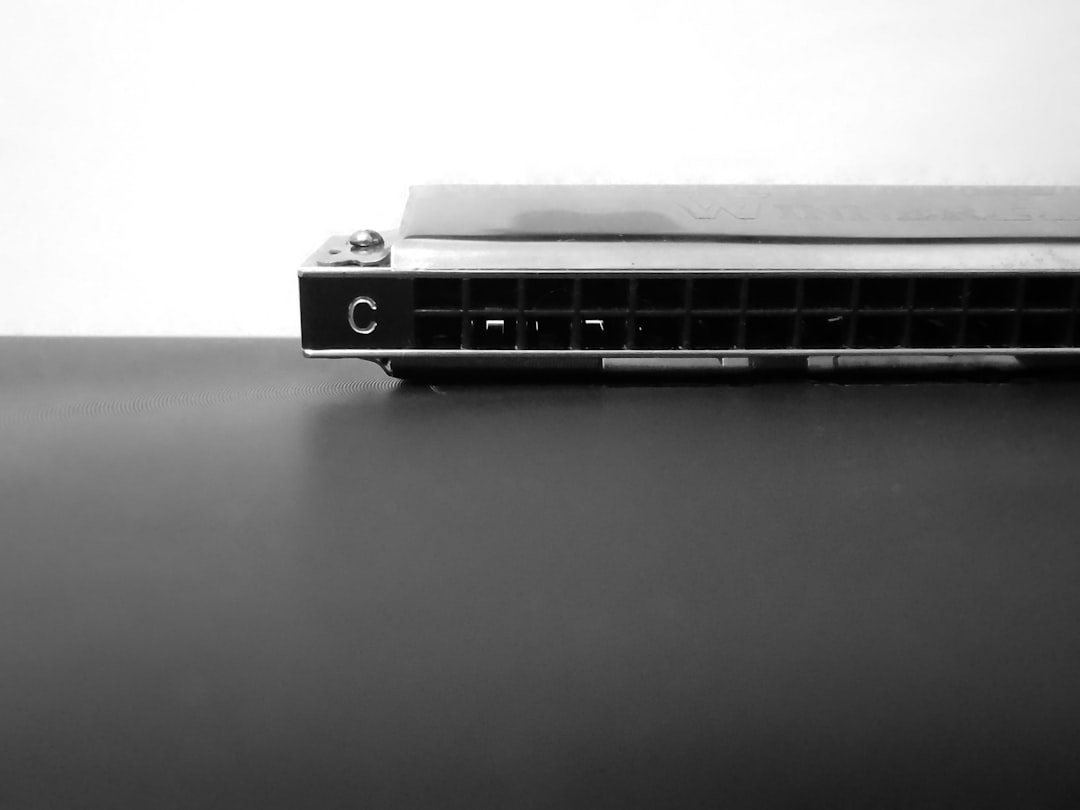If you’ve been jamming to your favorite playlist and suddenly YouTube Music hits you with a “There was a problem with the server [400]” error, you’re not alone. This frustrating and often inexplicable message has interrupted countless musical moments for users across the globe. While the instinctive solution might be to refresh the page or restart the app, the problem often runs deeper, involving both technical and user-side issues. Let’s explore what causes the YouTube Music Server 400 error and why the standard “just refresh it” solution often falls short.
TL;DR
The YouTube Music “There was a problem with the server [400]” error is more than just a typical connection issue. It often stems from problems related to cached data, outdated app versions, device account syncing, or even server-side bugs. Simply refreshing the page usually won’t fix it. To truly resolve this error, a deeper understanding of its causes and some specific troubleshooting steps are necessary.
What Exactly Is the Server 400 Error?
Before diving into the solution, it’s critical to understand what this error actually means. A Server 400 error is essentially an HTTP status code indicating a bad request. In simpler terms, it happens when the client (that’s your app or browser) sends a request the server can’t understand, either due to malformed syntax or invalid inputs.
This means the issue is often not with YouTube’s servers being down but with what your device is trying to communicate to those servers. That’s why just hitting refresh isn’t always going to fix the root cause.
Common Causes of the YouTube Music Server 400 Error
There are several reasons why you might encounter this issue, including:
- Corrupted cache or cookies – Browsers and apps store temporary files to speed up future interactions. Corrupted files can confuse the server when making requests.
- Outdated app version – Running an older version of YouTube Music may lead to compatibility issues or expired security tokens.
- Account sync issues – If your Google account is out of sync with your device, the authentication process can break and confuse YouTube’s servers.
- DNS or network errors – Internet Service Providers (ISPs) and local network configurations can sometimes introduce miscommunication between the app and Google’s servers.
- System-level bugs – Software or firmware bugs within your operating system may disrupt communication between the app and the web.
Why Refreshing Doesn’t Always Work
When you click “refresh” or restart the app, what you’re doing is reloading the interface or reinitiating a server request. This works for temporary network drifts or lightly cached problems, but it doesn’t resolve:
- Deeply cached files that persist across sessions
- Outdated JSON tokens or cookies
- Misconfigured app permissions or settings
- Flawed DNS resolution still lingering in your connection
In cases where these more persistent issues are present, repeatedly refreshing is like trying to start a car with no fuel—you can try as much as you want, but it’s not going to work without fixing the underlying issue.
How to Actually Fix the Server 400 Error
Depending on whether you’re using the mobile app or the web version of YouTube Music, solutions may vary slightly. Here’s a breakdown to help you target the issue based on your platform:
1. Clear Cache and Data
For Android:
- Go to Settings > Apps > YouTube Music.
- Select Storage > Clear Cache and Clear Data.
For browsers:
- Open your browser settings.
- Find Clear browsing data.
- Select Cookies and cached files and hit clear.
This erases potentially corrupted files and forces the app/browser to retrieve fresh data from the server.
2. Update the App or Browser
Running an outdated version can create security or compatibility conflicts. Always make sure you’re using the latest version of YouTube Music from the App Store, Play Store, or update your browser to its latest build.
3. Re-Sync or Re-Add Your Google Account
Sometimes, the issue lies with the Google account itself. Try removing and re-adding your account on the device:
- Navigate to Settings > Accounts.
- Remove your Google Account.
- Reboot your device.
- Add the account again and relaunch YouTube Music.

4. Use a Different Network or Try Incognito Mode
Sometimes, a corrupted DNS or restrictive network settings at work/school can be responsible. Try the following:
- Use mobile data instead of Wi-Fi (or vice versa).
- Open YouTube Music in an incognito/private browsing window.
This can help bypass problematic cookies or even ISP-induced restrictions.
5. Check YouTube Server Status
While most of the time it’s a user-side issue, it’s possible for YouTube services themselves to go down or have region-specific problems. Use websites like DownDetector to check if YouTube Music is experiencing outages.
Advanced Troubleshooting Tips
If you’ve gone through the standard steps and the problem persists, these advanced tactics might solve deeper configuration issues:
Reset Network Settings
This step helps reset all stored Wi-Fi and DNS settings back to default, in case corrupted networks are interfering.
For Android: Settings > System > Reset Options > Reset Wi-Fi, mobile & Bluetooth.
Use a VPN
Try using a reputable VPN to route your data through a different region. This not only tests whether the issue is geo-specific but can also bypass any local ISP-level data blocking.
Install an Older Version (Android APKs)
Sometimes a new update rolls out with bugs. Rolling back to a previous stable version of the app can temporarily resolve issues until an official fix is released.
Preventing the Error in the Future
Once you’ve resolved the issue, you’ll naturally want to avoid encountering it again. Here are some simple maintenance tips:
- Regularly clear cache and cookies (every few weeks).
- Keep all apps and the operating system updated.
- Ensure your Google account is properly synced.
- Avoid using multiple conflicting Google accounts on the same device.
- Use trusted networks and avoid public Wi-Fi when possible.

Final Thoughts
The “There was a problem with the server [400]” error on YouTube Music is not just a brief hiccup—it’s usually a sign of deeper synchronization or configuration issues. If refreshing doesn’t work, don’t get discouraged. With the right steps, including clearing cache, re-authenticating accounts, or updating your app, you can get back to smooth streaming in no time.
So the next time your music is rudely paused by a 400 error, you’ll know exactly what to do—and more importantly, why refreshing just isn’t enough.



